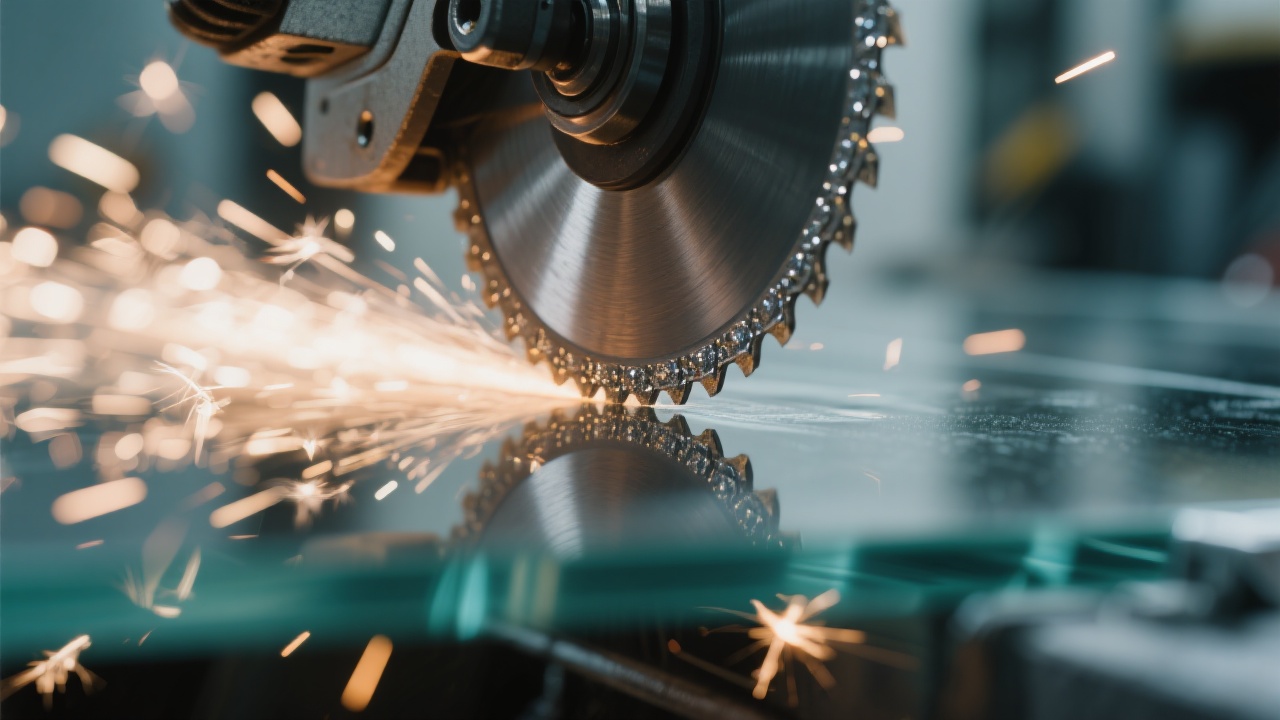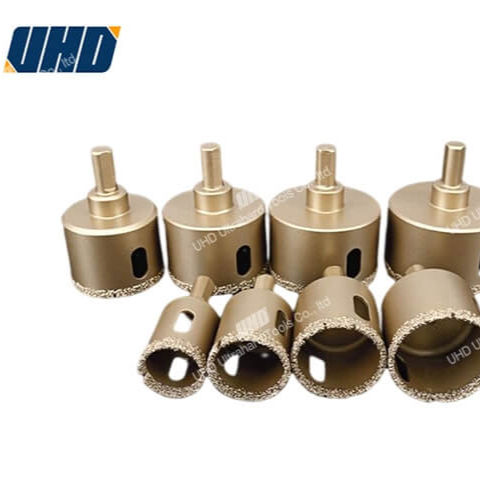
The advancement of ultra-hard material machining has reached a new milestone with the introduction of brazed diamond grinding wheels 100. Designed specifically for high-intensity grinding applications, these tools demonstrate superior durability and cutting efficiency, fueling innovation across industries such as precision manufacturing, mold processing, and building materials. This article delves into the core technology underpinning these grinding wheels, their adaptability to challenging substrates like cast iron, stainless steel, and ceramics, and offers practical guidance on selecting the right specifications to maximize performance.
At the heart of the brazed diamond grinding wheel's performance is the brazing process, which securely bonds industrial-grade diamond particles to a metallic base. This method contrasts with resin or electroplated bonding, offering markedly higher thermal stability and mechanical strength. Thanks to this robust metallurgical connection, the grinding wheel can sustain grinding pressures upwards of 30% higher without premature wear or bond failure.
Moreover, brazed diamond wheels exhibit a consistent cutting path and uniform grain exposure throughout their service life, substantially reducing downtime caused by wheel dressing or replacement.
The diverse range of materials that brazed diamond grinding wheels can efficiently process sets them apart from conventional grinding tools. Key advantages include:
Testing in controlled applications shows brazed diamond wheels extend tool life by up to 150% compared to resin-bonded wheels under identical grinding parameters, significantly lowering operating costs.
| Parameter | Brazed Diamond Wheel 100 | Resin Bonded Wheel | Electroplated Wheel |
|---|---|---|---|
| Tool Life | Up to 150%↑ | Baseline | ~80% |
| Thermal Resistance | Excellent (up to 800°C) | Moderate (up to 200°C) | Good (up to 400°C) |
| Cutting Stability | High | Moderate | Variable |
The brazed diamond grinding wheel 100 shines in multiple high-demand industrial settings:
Each sector benefits from the reduced downtime and maintenance requirements that brazed bonding affords, translating directly into increased throughput and cost savings.

Brazed diamond grinding wheels 100 are available in diameters ranging from 100mm to 180mm, with variations suited for flat or curved surface applications.
Here’s how to approach selection:
The choice between flat or curved structures depends on part geometry. Flat wheels excel on planar surfaces, while curved wheels conform better to contoured profiles, ensuring consistent contact and material removal.

Consistent feedback from machining specialists highlights the brazed diamond grinding wheel’s superior longevity. Statistically, tool wear rates decrease by up to 40% in continuous operations compared to resin-bonded wheels. This reliability delivers uninterrupted production lines, fewer tool change interruptions, and a significantly lower total cost of ownership.


